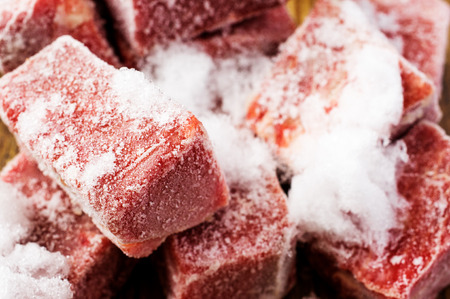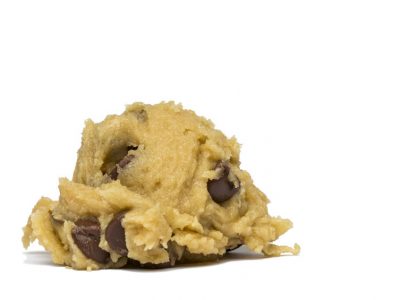

Prevent Foodborne Illness: When to Throw Away Perishable Food after a Power Outage
Perishable foods such as cracked eggs, meat, poultry and seafood begin to grow dangerous bacteria when it sits in the “danger zone” temperature range between 40°F and 140°F for more than two hours. It is the growth of dangerous bacteria that is the underlying cause of 48 million foodborne illnesses each year. Of these 48 million people, about 3,000 people die and approximately 128,000 people are hospitalized.
Were you affected by foodborne illness?
If you or a loved one suffered serious injuries because of a foodborne illness acquired through no fault of your own, you may be able to recover damages in a personal injury lawsuit. Contact an experienced injury attorney as soon as possible.
Food storage safety tips to prevent bacterial growth
To prevent the growth of bacteria and reduce the risk of infecting friends and family with foodborne illnesses it is essential to store food safely:
- Regularly check that your refrigerator temperature is at or below 40° F and that your freezer temperature is at 0° F.
- When grocery shopping or leaving a restaurant with a doggie bag, place perishable foods in the fridge or freezer as soon as possible. These foods should never be left out in room temperature for more than two hours.
- Leave room in the fridge and freezer for air to circulate.
- Eat perishable foods in the fridge as soon as possible, meat is typically good for three days
What happens to food when there is a power outage?
Following food storage safety guidelines doesn’t do us any good when the power goes out. The general rule is to avoid opening the fridge and freezer if at all possible during a power outage to maintain the spaces at appropriate temperatures as long as possible. A full freezer is able to maintain a temperature low enough to ensure the safety of frozen foods for approximately 48 hours if the door remains closed. Refrigerated food, on the other hand, is safe for up to four hours as long as the door was kept shut. Any perishable food that was sitting in temperatures above 40°F for two or more hours should be discarded.
How do I know if my frozen food is safe after a power outage?
Once power is restored you will need to make an assessment about the safety of your perishable food.
- Do not taste food to make a decision about whether it is safe. Appearance and odor are not good indicators of whether food is safe to eat or refreeze.
- If you use one, check your appliance thermometer to make sure it reads 40°F or below. If you don’t have an appliance thermometer check each food item for ice crystals and if the temperature is 40 °F or below, it is safe to refreeze or cook. Use this frozen food safety chart as a guide.
Note: Always discard any items in the freezer that have come into contact with raw meat juices.
If you or a loved one is dealing with an accident or injury through no fault of your own, you have enough on your plate. Let an experienced accident attorney fight for the full compensation that you deserve. It is not uncommon to receive a settlement from the insurance company that is five to ten times bigger with the help of a lawyer. Call the caring accident attorneys at Tario & Associates, P.S. in Bellingham, WA today for a FREE consultation! We have been representing residents of Whatcom County, Skagit County, Island County and Snohomish County since 1979. You will pay nothing up front and no attorney fees at all unless we recover damages for you!




